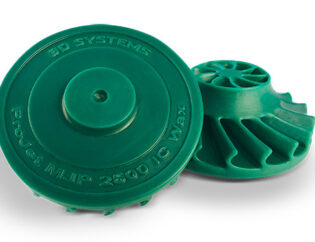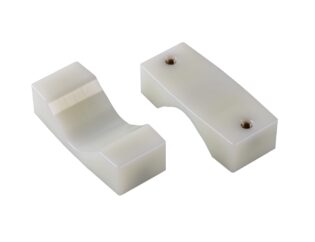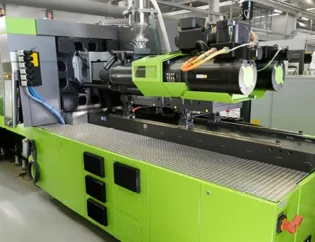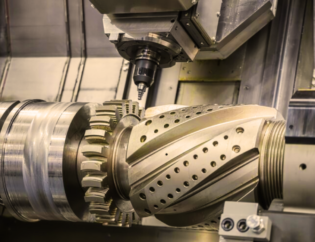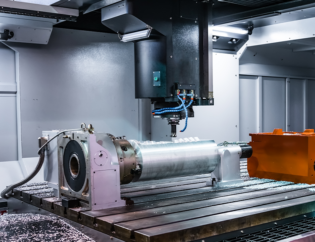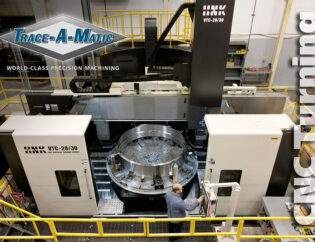Duct fabrication sheet metal is a crucial aspect of HVAC systems, playing a vital role in ensuring efficient air distribution and energy conservation. Understanding the intricacies of this process not only enhances the performance of heating and cooling systems but also contributes to overall building comfort and safety.
In this guide, readers will explore the fundamentals of duct fabrication, including material selection, design considerations, and fabrication techniques. Each section aims to equip both beginners and seasoned professionals with the knowledge needed to excel in this essential field.
Additionally, the guide will delve into best practices for installation and maintenance, emphasizing the importance of precision and quality in ductwork. By the end, readers will have a comprehensive understanding of duct fabrication sheet metal, empowering them to make informed decisions in their projects.
Duct Fabrication Sheet Metal: A Comprehensive Guide
Ductwork fabrication is a crucial step in the installation of heating, ventilation, and air conditioning (HVAC) systems. Properly constructed ductwork ensures efficient airflow, temperature control, and energy conservation within a building. This guide will explore the various aspects of duct fabrication, including technical features, types of ducts, and best practices for achieving high-quality installations.
Technical Features of Duct Fabrication
Understanding the technical features of duct fabrication is essential for selecting the right materials and methods. Below is a comparison table highlighting key parameters involved in sheet metal ductwork fabrication.
| Parameter | Description | Value/Range |
|---|---|---|
| Material Type | Type of sheet metal used | Galvanized Steel, Stainless Steel, Aluminum |
| Thickness | Gauge thickness of the sheet metal | 0.018 – 0.125 inches |
| Duct Size | Diameter or rectangular dimensions of the duct | 4 – 48 inches |
| Length | Length of the duct section | Customizable up to 10 feet |
| Shape | Shape of the duct (round, rectangular, oval, etc.) | Varies |
| Joint Type | Method of connecting duct sections | Slip, Butt, Flange |
| Seam Type | Type of seam used | Lock, Pitch, Standing |
| Finish | Surface treatment (paint, galvanizing, etc.) | Varies |
| Operating Temperature | Maximum temperature the duct can withstand | -20°F to 250°F |
| Pressure Rating | Maximum pressure the duct can withstand | Up to 5 psig |
| Manufacturing Process | Methods used in fabrication (cutting, forming, welding) | Varies |
| Quality Standards | Standards adhered to during fabrication | SMACNA, ASHRAE |
| Lead Time | Time required for fabrication and delivery | 2-4 weeks |
| Warranty | Warranty period provided by the manufacturer | 1-5 years |
Types of Ducts
Ducts come in various types and shapes to accommodate different installation requirements and airflow dynamics. Below is a comparison table of common duct types.
| Duct Type | Description | Advantages |
|---|---|---|
| Rectangular Duct | Easy to fabricate and fit into buildings | Ideal for constrained spaces |
| Round Duct | Circular shape, offers reduced pressure drop | Better airflow efficiency |
| Oval Duct | Combines advantages of round and rectangular ducts | Suitable for height-restricted spaces |
| Spiral Duct | Circular shape with spiral construction | Aesthetic appeal and efficient airflow |
| Flexible Duct | Made of flexible materials | Ideal for tight spaces |
Rectangular Ducts
Rectangular ducts are commonly used in HVAC systems due to their ease of fabrication and fitting into buildings. They are ideal for constrained spaces, allowing for efficient airflow while maximizing the use of available space.
Round Ducts
Round ducts are known for their circular shape, which offers reduced pressure drop and better airflow efficiency. They are often used in areas where air resistance is a concern, making them a popular choice for many HVAC applications.
Oval Ducts
Oval ducts combine the advantages of both round and rectangular ducts. They are particularly suitable for spaces with height restrictions, providing a balance between airflow efficiency and space utilization.
Spiral Ducts
Spiral ducts feature a circular shape with a spiral construction, offering both aesthetic appeal and efficient airflow. They are commonly used in visible areas where appearance matters, such as in commercial buildings.
Flexible Ducts
Flexible ducts are made of flexible materials, allowing for easy installation in tight or challenging spaces. They are often used to connect main ducts to air outlets, ensuring even and efficient airflow.
Duct Fabrication Process
The duct fabrication process involves several key steps, each requiring precision and expertise. The process typically includes:
- Material Selection: Choose appropriate sheet metal based on environmental conditions and system requirements.
- Design and Layout Planning: Create a detailed CAD design considering custom fittings and optimizing airflow.
- Cutting and Shaping: Precisely cut and shape the metal into ducts using tools like shears or laser cutters.
- Assembly and Joining: Assemble and join the pieces using techniques like riveting or welding.
- Finishing and Quality Control: Apply protective coatings and conduct quality control checks.
Best Practices for Duct Fabrication
To ensure high-quality ductwork, consider the following best practices:
– Use Quality Materials: Select durable materials like galvanized steel or aluminum for longevity.
– Ensure Proper Sealing: Use high-quality duct sealants to prevent air leaks and improve efficiency.
– Follow Industry Standards: Adhere to standards set by organizations like SMACNA and ASHRAE for optimal performance.
– Conduct Regular Inspections: Regularly inspect ductwork for wear and tear to maintain efficiency.
Conclusion
Duct fabrication is a vital component of HVAC systems, impacting efficiency, comfort, and air quality. Understanding the technical features and types of ducts can help in making informed decisions for effective ductwork solutions. Companies like ProleanTech, KDM Fabrication, Century Sheet Metal, Hunsone, and The Plumbero offer specialized services to meet diverse duct fabrication needs.
FAQs
Q1: What materials are commonly used for duct fabrication?
A1: Common materials include galvanized steel, aluminum, and stainless steel, each offering unique properties for different applications.
Q2: How do I choose the right duct type for my project?
A2: Consider factors like space constraints, airflow requirements, and aesthetic preferences when selecting a duct type.
Q3: What is the typical lead time for duct fabrication?
A3: Lead times can vary but typically range from 2 to 4 weeks, depending on the complexity of the project.
Q4: Why is proper sealing important in ductwork?
A4: Proper sealing prevents air leaks, which can reduce system efficiency and increase energy costs.
Q5: How often should ductwork be inspected?
A5: It is recommended to inspect ductwork regularly, ideally every 3-5 years, to ensure optimal performance and air quality.

